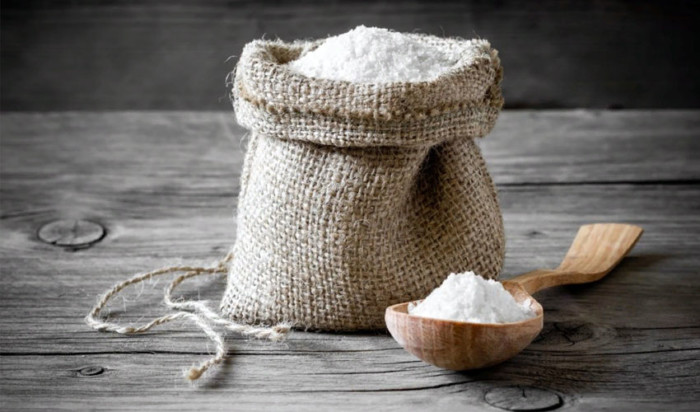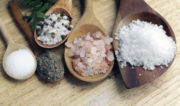How to store different types of salt at home
For a thousand years in a row, salt has been one of those products that no one can do without. It is usually among the basic supplies in everyone's kitchen.
Therefore, it is imperative to know how to properly store salt at home. After all, despite the fact that many consider it a generally non-perishable product, this is not at all the case. If you do not adhere to special rules, any type of salt will not last long.
Content
General rules for storing different types of salt

The biggest enemy of salt is moisture. Even a drop of water can deprive it of its crumbly state, after which it will be difficult to use it for its intended purpose. If “dry conditions” are provided for this product, it will be suitable for consumption for quite a long time (several years in a row). Each type of salt requires special attention.
Storing table salt
Table salt is used most often. To save it, you need to choose a dark, well-ventilated room. Under such conditions, table salt in an unopened container will be suitable for 2-5 years. This is usually written on the production packaging.For these terms to be valid, after purchase, table salt must be transferred to bags made of natural fabric or polyethylene, or poured into a glass jar or tray made of high-quality food-grade plastic.

Ideally, in the room where the product is stored, the thermometer is heated to 15-25 ° C, and the humidity does not exceed 75%. In order to protect the salt from moisture that accidentally gets inside, several grains of rice or a cinnamon stick should be placed in the container with the product.
Storing iodized salt
Iodized salt is the same as table salt, only potassium iodide has been added to it. It is this chemical element that likes to be harmful during storage, meaning that it can begin to decompose ahead of time, but provided that the place where it is stored is as dry, dark and cool as possible, then this will not happen. Under the right conditions, the quality of iodized salt will be maintained for up to 4 months. After this period, it will turn into a regular kitchen.
Storing Sea Salt
Sea salt contains a large amount of potassium. It should be stored in the same way as table salt. The container with the product must be hermetically sealed.
Storage of Svan, Adyghe and Himalayan salt
Svan salt has a strong spicy smell. Therefore, it cannot be stored in fabric bags; it is better to choose containers that close tightly and will not allow the aroma of the product to erode. Also, this type of salt does not like sudden temperature changes. All these points must be observed when storing Adyghe and Himalayan salt.
Storing Berthollet salt
This salt is a powerful oxidizing agent, which is almost never used in everyday life. It has a high explosive hazard.Therefore, before you plan to save it, you definitely need to learn the rules for handling this product and become familiar with safety precautions. It is best to store bertholite salt when moist. The shelf life of this substance is 6 months. During its storage, care must be taken to ensure that there are no other products of chemical origin near it.






















